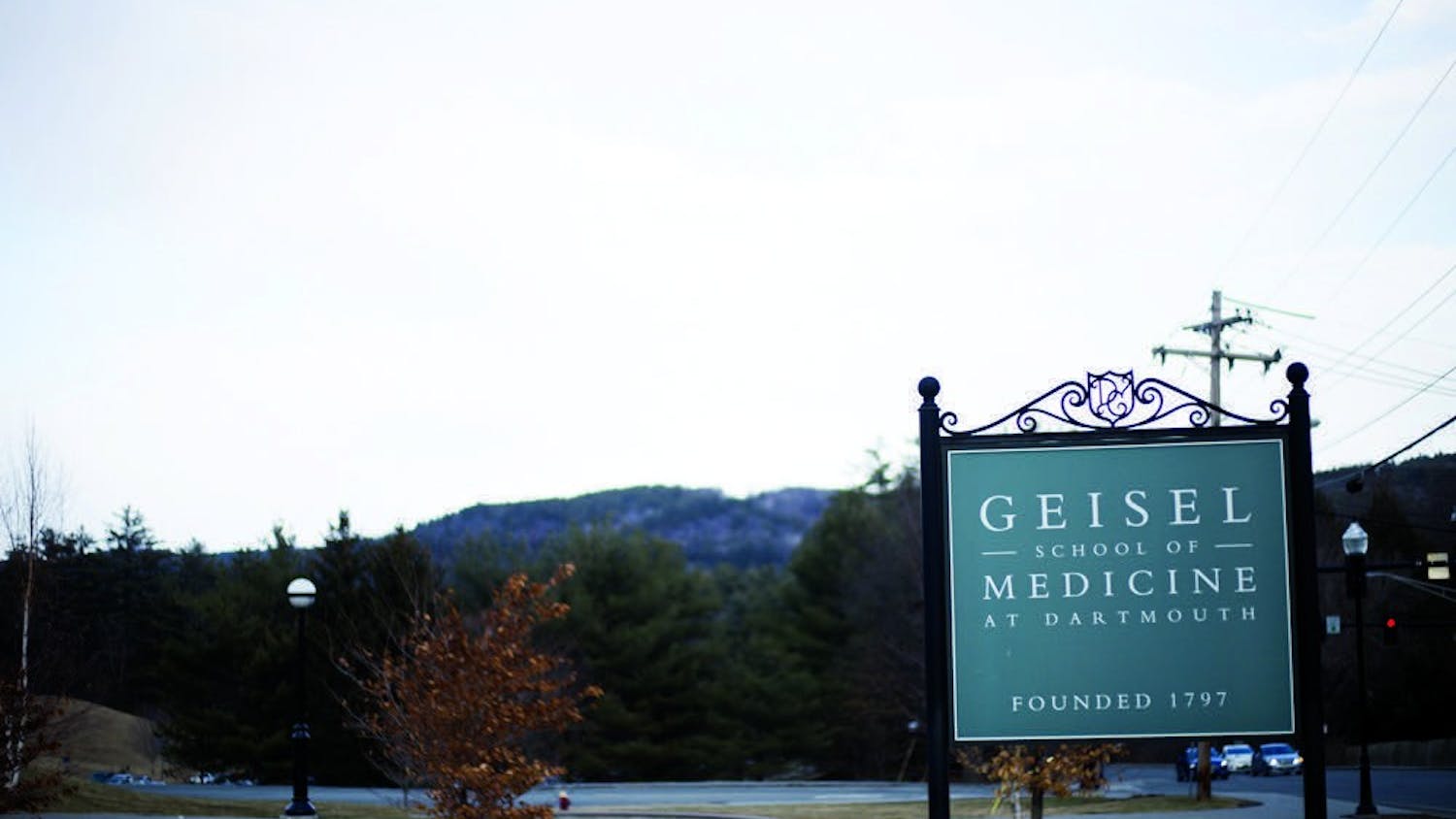When New York University’s Grossman School of Medicine announced that it was going tuition-free in August 2018, thousands of pre-med and medical students across the country reloaded their browsers in disbelief. As Dartmouth’s eager pre-meds are aware, the high costs of applying to and attending medical school are no secret — and no joke.
With application season just around the corner, cost is certainly an issue weighing heavily on many applicants’ minds. According to the Health Professions Program at Princeton University, students should expect to spend approximately $4,000 on medical school applications. For the 2018-19 school year, the Association of American Medical Colleges reported that tuition costs ranged from an average of $36,755 for in-state public medical schools to an exorbitant $60,474 for out-of-state private schools. But beyond just placing an unreasonable burden on students and families, the high entry barrier to medical school harms society as a whole by reducing the diversity of caregivers.
The daunting price tag for medical school applications and tuition means that many young people who have the potential to be excellent caregivers never even submit an application. Indeed, more than half of medical students come from the wealthiest 20 percent of families in America, while only five percent of medical students come from the poorest 20 percent of American families. High medical school costs also disproportionately affect minority racial groups. In particular, this has caused an intense underrepresentation of black and Latino Americans. Take Massachusetts General Hospital, the famed teaching hospital of Harvard Medical School: Out of its more than 2,000 physicians, only three percent are black. Equally troubling is the fact that the proportion of black males attending medical school has not increased over the last 40 years.
As a result of this lack of diversity, racial biases and stigma prevail, and minority patients receive worse qualities of care. Stereotypes negatively impact the health of minority patients in a multitude of ways, including demonstrably altering clinical decision-making. For instance, research suggests that American clinicians assume white patients are more responsible for their health than black patients. The result is that doctors provide white patients with more treatment on average because they believe they are more likely to benefit from it.
A number of studies have also proven that racial bias is predominant in pain assessments, causing black Americans to be “systematically undertreated for pain relative to white Americans.” For example, a 2015 survey of medical students revealed that 50 percent held false beliefs about black patients, such as believing that the skin of black people is tougher than the skin of white people.
Even if white doctors do not exhibit signs of conscious racial bias, research suggests that clinical interactions that take place across racial lines are generally of lower quality than interactions between doctors and patients of the same race. Specifically, interactions across racial lines, according to a 2013 study, “are of shorter duration, are less pleasant, and are characterized by less patient involvement and shared decision-making.” Since American physicians and medical personnel are predominantly white, black Americans and other minority patients tend to have negative experiences with health care professionals. This negativity in turn promotes avoidance of health care professionals among minority populations, which is detrimental to both the health of these patients and American health care costs as it inevitably results in an increased demand for emergency care.
It is evident that the high costs of medical school limit the diversity of doctors and lead to less successful care and a less healthy society overall. But what can be done? After all, not every medical school is blessed with a $250-million alumni donation. One option is forgivable loans, where student loans are forgiven if graduates work toward increasing equality of care. This can mean choosing to practice in underserved communities or in disciplines with a shortage of doctors, such as going into primary care instead of specializing in a high-paying sub-field.
Of course, there is still the problem of who exactly would be doing the forgiving of these loans. But no matter how implausible the solutions to the exorbitant costs of medical school may seem, it is important that we continue to seek ways to lower the barriers to applying and attending medical school in order to increase the socioeconomic and racial diversity of medical students. At the end of the day, we all stand to benefit from increased diversity and the healthier society that would result.




